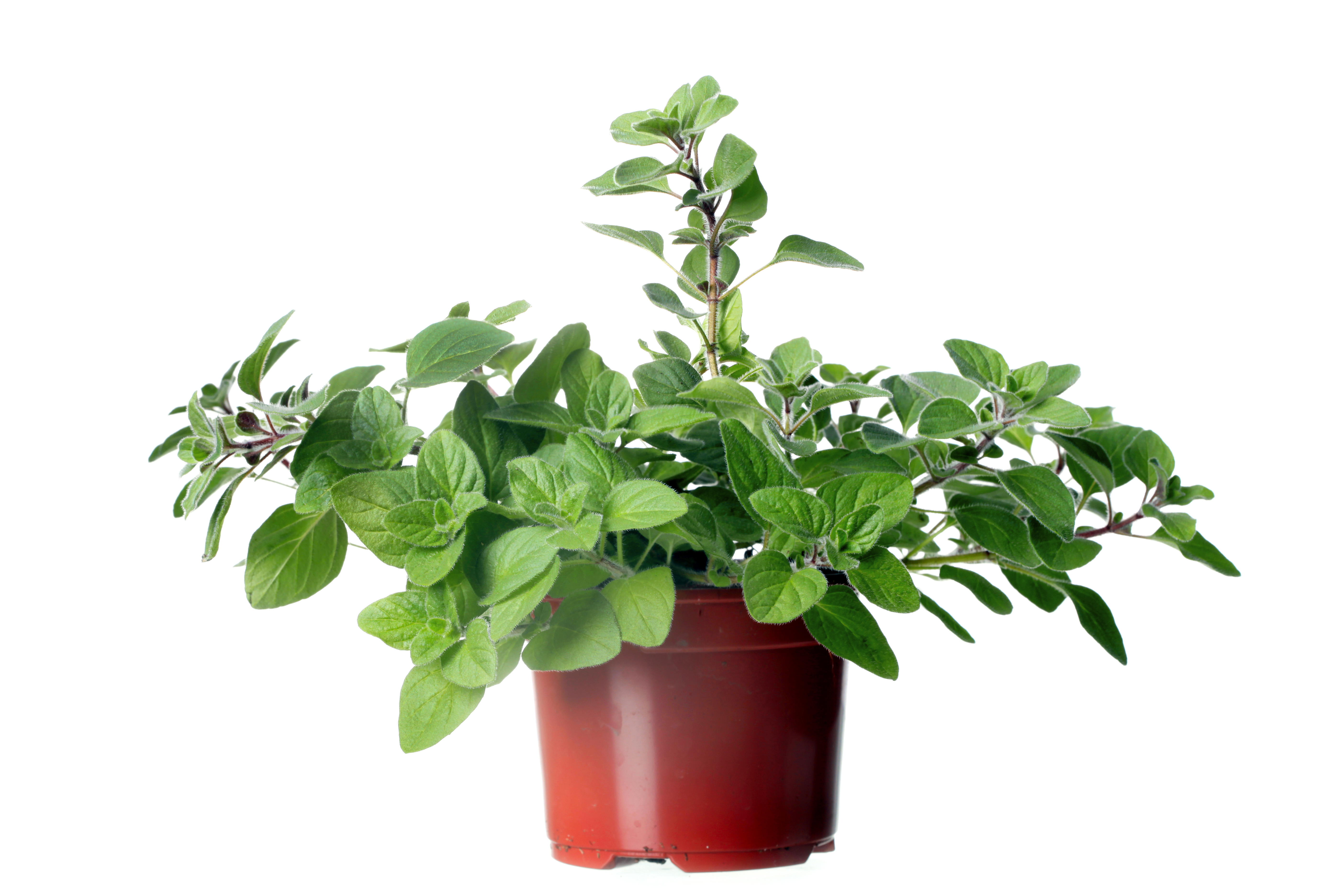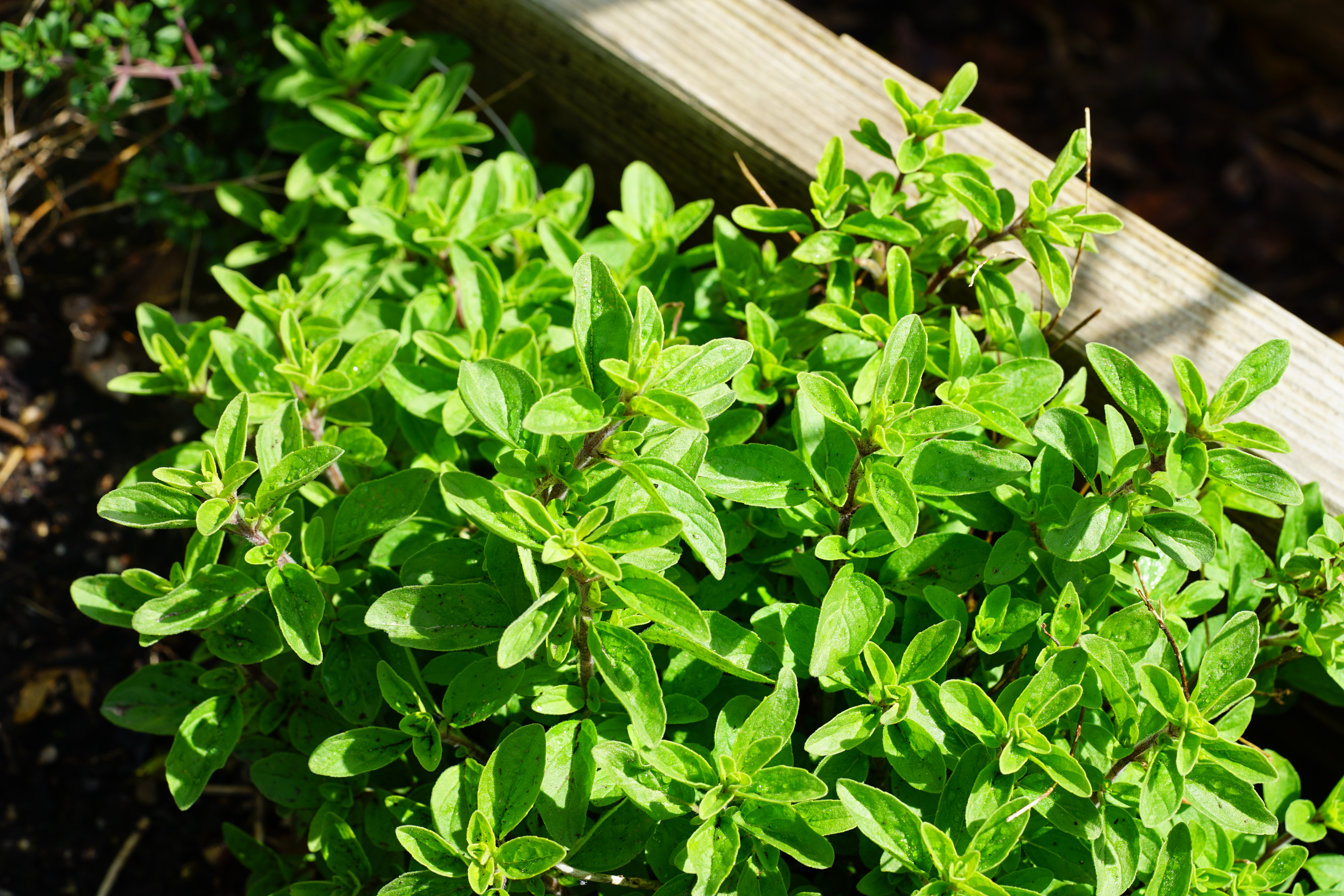Origin
Oregano (Origanum vulgare) is a fragrant perennial herb known for its distinct flavor. It belongs to the same family as mint, Lamiaceae , and is native to parts of the Mediterranean and western Asia. Its use as a culinary herb stretches worldwide, though, and dates back to the Ancient Greeks. In fact, the name Oregano originates from Greek, meaning ‘delight or joy of the mountains’. This plant can grow up to 32 inches (around 80 cm) tall and can produce spikes of purple flowers. If you want to grow your Oregano to eat, though, it’s a good idea to pinch off the flowers so that your plant has more energy to produce the flavorful leaves instead.

Care
Like other herbs, Oregano prefers plenty of sunlight – preferably at least 6-8 hours of full sun per day. If you’re using grow lights instead you can leave them on for longer – up to 14 hours a day will help keep your Oregano happy. Note that these plants will quickly grow towards the light, so you’ll need to turn it every now and then in order to encourage full, even growth. Older Oregano plants are fairly drought-tolerant, but young plants should have their soil kept moist (but not overly wet) at all times. Be careful not to overwater though, as they can be susceptible to root rot. Therefore, it’s important to plant your Oregano in a well-draining soil and in a pot with drainage holes so that excess water has an outlet to escape from. Also make sure to protect your plant from colder temperatures. These are heat-loving plants, so they definitely won’t tolerate frost and can quickly start to look sad if they’re too cold.

Other
As well as its common use as an ingredient in cooking, Oregano has also been used medicinally and as an insect repellent. Oregano has been thought to help alleviate anxiety and seasickness, relieve stomach aches and help with poor respiratory health. As well as these things, it has antifungal and antimicrobial properties. Finally, along with being tasty, Oregano provides some health benefits when eaten, as it is a good source of vitamins C, A and K, plus it contains manganese and iron. Cut a stem and hang it upside down in a cool and dark spot, freeze fresh leaves after harvesting or use fresh leaves and flowers directly.